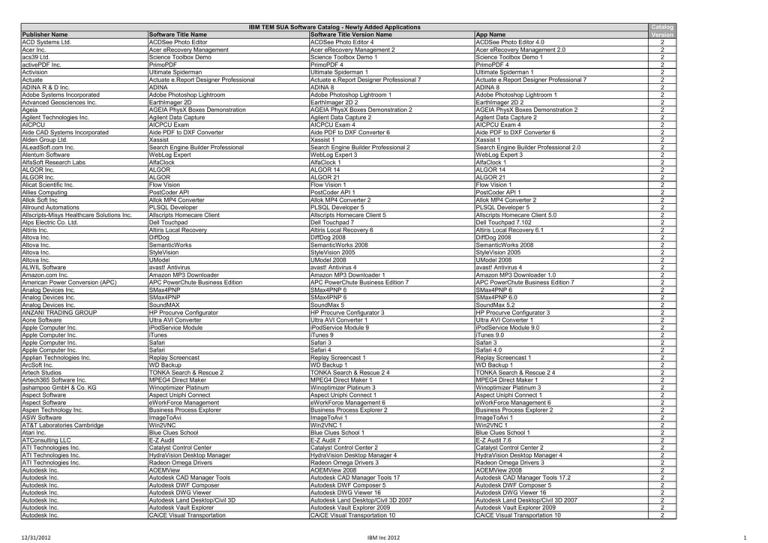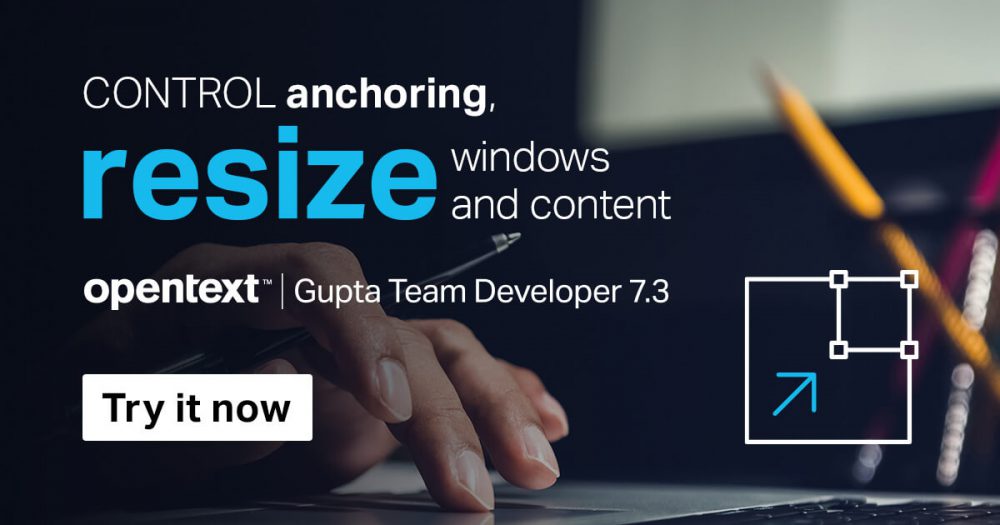
The cost, which is already lower than for redevelopment, is thus lowered even further. In Cooperative Porting, clients bring in their own development resources. In an All-inclusive Porting, we deliver a "turn-key" ported application at the end of the project. We always conduct our Porting Projects according to a proven procedure model. Fully transparent - without changes in the source code. These in-house tools, developed by fecher, finally make the switch as easy as SQL's originators intended it to be. Help is provided by the tool-supported service dbPORTER and the middleware component sqlTRANSLATOR, which translates the SQLBase-specific SQL into the SQL of the new database during runtime. Deterrents to a smooth switch-over include incompatible manufacturer standards for defining tables and views, proprietary programming languages for triggers and stored procedures and, last but not least, significant deviations in the various SQL dialects. In practice, however, this road is a bit bumpy. In theory, a switch from one database to another is quite simple: As SQL has been standardized, existing applications, in principle, should be able to work together with any new database platform. fecher also offers solutions for end-user modified standard reports. In some projects, the Gupta reports remain in use via report hubs and are only gradually converted at a later date upon implementation for the client. The procedures can also be customized to meet your needs.
#OPENTEXT ECM TOOLS GUPTA TEAM DEVELOPER LICENSE#
Our clients are therefore not subjected to technological constraints and can make their selections based on functional requirements and license models. The Ice Porter porting tool supports a variety of target systems: Both types of reports are retained when switching technologies with a Porting Project as reports are also automatically ported.

Manufacturers, service providers and clients have also often customized the reports to better fit their needs. Significant development efforts have also gone into the Gupta application's reports. fecher has tailored this customizing tool - which was originally developed by nGroup during a porting project - to the Porting Project Framework and uses it in its projects.

#OPENTEXT ECM TOOLS GUPTA TEAM DEVELOPER CODE#
Developers also use the tool to expand a finished application's functions via C# code and events. It can be used to modify or add graphical user interface elements and controls from Microsoft Visual Studio's repertoire. NET applications enables adjustments to be made to the user interface during run-time, with no additional programming. User Interface: iCustomizerĭevelopers can use the tool iCustomizer to apply, without any great effort, client-specific or changed requirements to a standard application: The add-on for. Additional add-ons such as ribbon bars, navigation bars or expanded table functions can be used immediately for further development. Accordingly, the porting tool Ice Porter generates a functionally complete equivalent application and an identical display of the user interface with configurable options for redesign such as skinning or a tabbed MDI.

Lastly, the developers want the application structure to remain unchanged, as it will be easier to maintain the application in the new environment and to develop it further. Moreover, the ported application should look the same to its users as it did when it was still in Gupta. ApplicationĪ porting must functionally transfer as many of the original application's functions and processes as possible to the new environment.

In porting Gupta applications, there are three separate fundamental areas to consider: The application itself with its application logic and user interface as well as associated reports and the database which the application accesses.


 0 kommentar(er)
0 kommentar(er)
